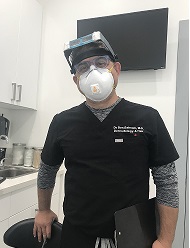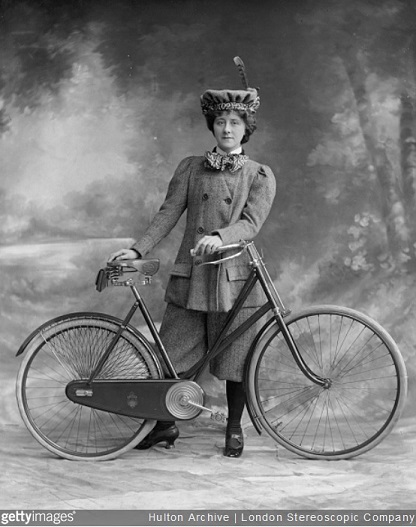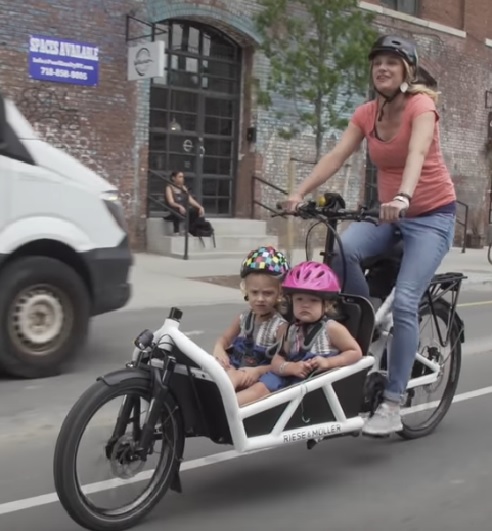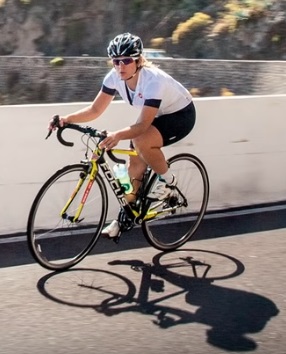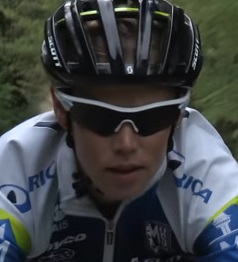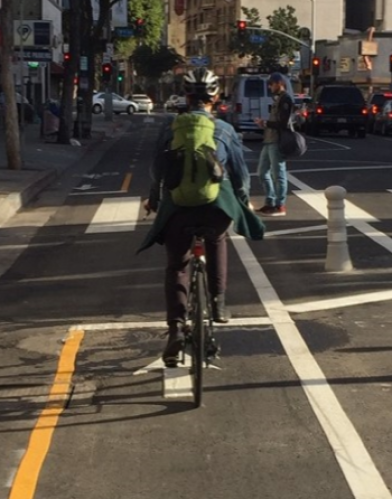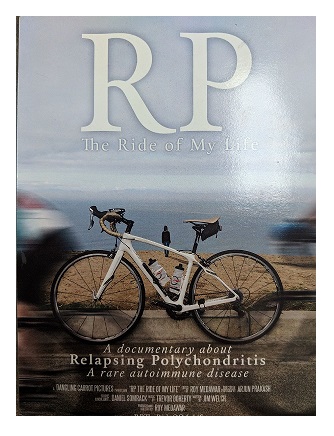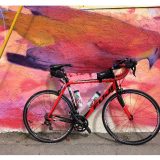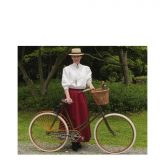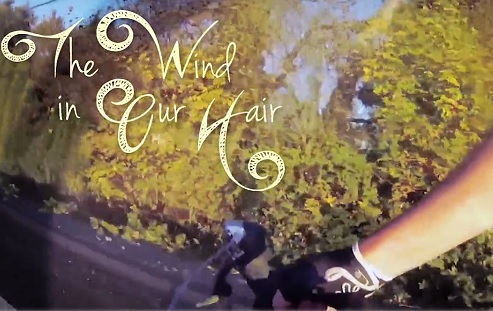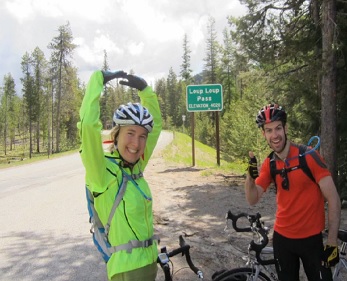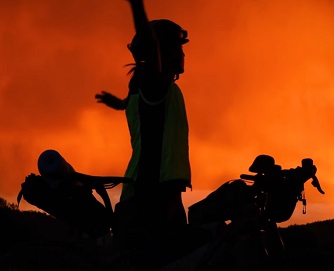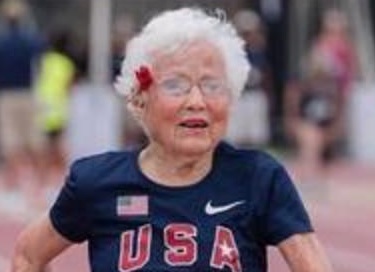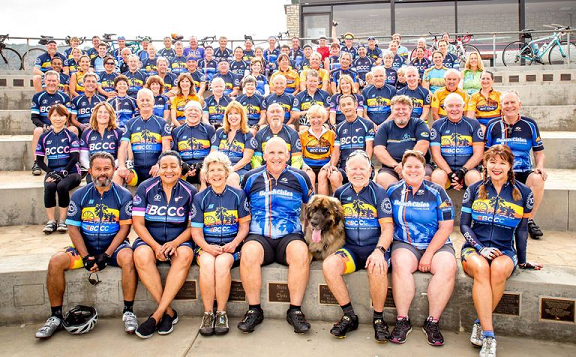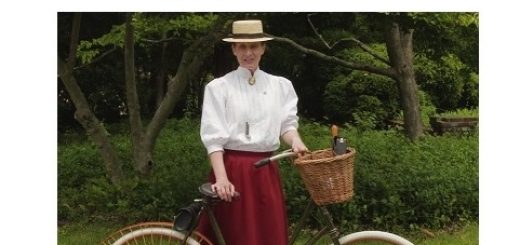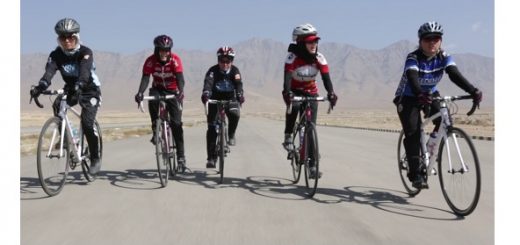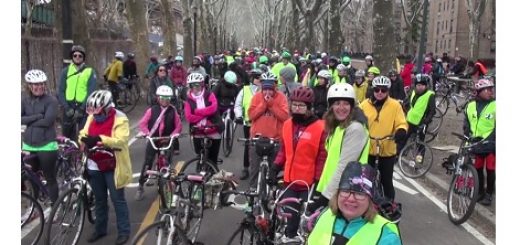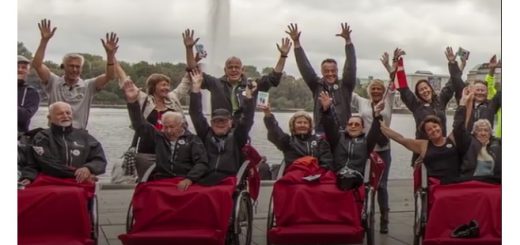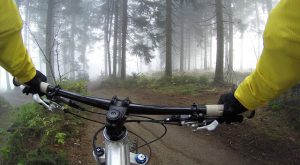
Ever heard the expression, “dressing for success,” when describing winning attire worn in the workplace? Dressing for success is key when cycling too. Whether an amateur or pro what you wear while riding your bike is a lot more than just matching colors or looking good. Cold weather cycling involves layering to keep yourself dry and comfortable, protected from the elements.
If you reach for a t-shirt and a pair of shorts in summer then pile on more clothes in winter you probably don’t understand why cyclists wear “those outfits.” Here’s why.
High-tech fabrics were designed especially for athletes to be worn year round to wick perspiration away from the skin with some fabrics offering added sun protection, while others offer compression benefits improving circulation by sending oxygen-rich blood to muscles. Protecting your skin from UV rays is important year round.
To layer in cooler months, start with a base that fits close to your body, not too tight, never too loose. Avoid cotton which absorbs perspiration causing a wet soggy layer that will stick to your skin, potentially chilling you to the bone; not comfortable and not good for your health! Your base layer should be followed by a zippered short or long sleeve jersey that can be unzipped slightly, allowing ventilation if needed. If you choose a short sleeve jersey, add a pair of arm warmers that can easily be slipped on or off, then tucked into your back pocket with ease. The jersey layer can either be a “Race Fit” if you prefer a closer cut garment, or a “Club Fit” for slightly more room. Thermal jackets add great warmth over your base layer, or choose a wind vest and or rain jacket depending on weather conditions. When purchasing garments always look for pieces that reflect light, great for low light and night riding conditions. Consider high visibility colors for added safety on the road. Dark colors are especially poor choices while night riding.
For bottoms, try a pair of knickers in fall which cover your knees or better yet, choose long cycling pants for full coverage. Consider length of time in the saddle when choosing the correct chamois (sha-mē). The chamois is that all-important pad that helps prevent chafing and cushions your sit bones, the thicker the chamois the longer and more comfortable the ride. If the day starts off cool and warms up quickly you may opt to purchase leg warmers which can be worn with cycling shorts then removed and stowed. That cold air blowing on your knees and lower extremities can be very uncomfortable when you consider the wind chill factor. Don’t forget to wear a pair of long-fingered gel gloves too! Take care not to get overheated. The point is to keep your body warm and comfortable, never hot. Your body generates a great deal of heat when cycling. If you are too hot and sweaty, this can lead to hypothermia and dehydration. Layering allows you to remove and stow garments if the weather warms.
Last but not least, cycling shoes are designed to ventilate, keeping feet cool as you create friction pedaling the miles away, however on cold weather rides that chilly air blowing on your toes gets mighty cold, so slip on a pair of toe covers or full booties which cover the entire shoe so your feet stay warm as toast. Next time you go out cycling in cold weather dress for success and enjoy your ride!
Women Bicycling Logo is a Registered Trademark


